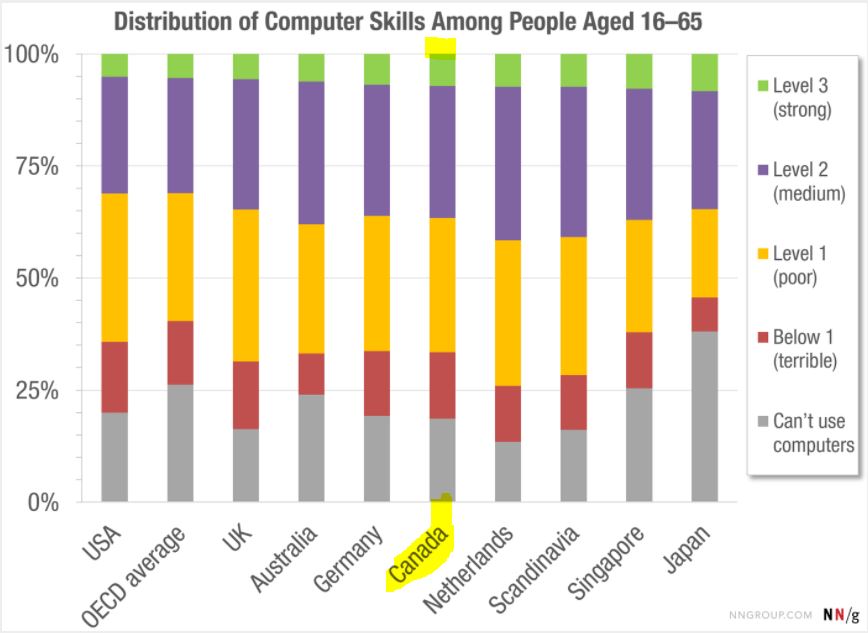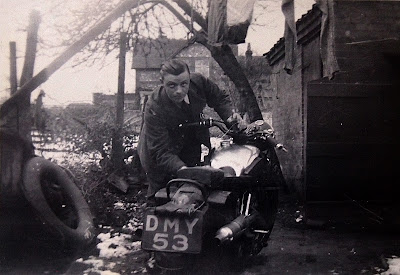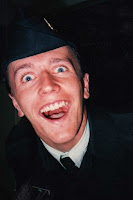I keep thinking I’m at the end of the riding season but opportunities are continually arising. After a fairly miserable trip to the doctor I found myself free on an unseasonably warm late November day. My usual M.O. is to head into the country and find twisty roads. Less people+twisty roads = happiness! This time I did the opposite. I was curious where my local Triumph dealer was now that I own one. It turns out it’s 136kms away, so not exactly local. Getting there involved a blast down the highway, something else I don’t frequent. In fact, I don’t think I’ve been on a major highway since the Lobo Loco Rally in August. I live in the country and avoid population centres and the highways that connect them. People are tedious. People in traffic are doubly so.
| The Tiger almost ended up here last March until I made a desperate plea to the previous owner on the eve of him trading it in. It finally showed up at the dealership it was almost sold to for a quick visit. |
Inglis Cycle is located in the east end of London, Ontario. I hadn’t been around there since attending the air show in the late 1980s; it’s much more developed now. After a blast down the 401 at warp speeds I worked my way through an awful lot of traffic lights before finding the dealership behind an abandoned factory. With their parking lot cut up and the neighborhood looking like a demilitarized zone I cautiously went inside.
I was met by one of the Inglis brothers and he gave me a quick, low pressure introduction. Walking into a dealer you sometimes get the sense that they’re only interested in you if you’ve got money to spend that day. Inglis Cycle was welcoming and relaxed. I felt like I could wander around and look at the bikes on display without any tension, so I did but I was only really there for one particular brand, the one I can’t find at home…
| The Street Triple is a pretty thing, but I still think I’d go Z1000 if I were to get a naked bike. |
I really like Triumph. I consider them an example of what Britain is capable of when it doesn’t get all bound up in socialist nonsense or historical classism. Freed from all that cultural weight the new Triumph is a competitive global manufacturer.
After a wander around the Triumphs on display I came back to the Triumph Tiger Explorer which is a nice piece of kit. As an all purpose machine it’ll do everything from swallowing highway miles to light off road work. I’ve thrown my leg over enough bikes to be aware of how silly I look on typically sized machines; the big Tiger fits.
The Street Triple is a lovely looking thing but too small. Were I to do the naked bike thing it’d be on the more substantial Kawasaki Z1000. The other classically styled Triumphs are also things of beauty but I don’t think I’d fit on any of them.
I wrapped up the visit with a trip to the accessories department where they had your typical assortment of dealer-type motorcycle gear and a sad lack of the lovely gear Triumph sells online. I ended up picking up an Inglis Cycle Triumph t-shirt, but it was a pretty low rent printed t-shirt compared to the bling on Triumph Canada. It’s a shame as I was ready to drop a bit of coin on a nice bit of Triumph wear.
I headed north through heavy lunch-time traffic out of London getting stopped twice by people wanting to know what kind of bike I was riding (it says Triumph Tiger on it). Score another one for the increasingly unique old Tiger 955i with its Lucifer Orange paint and stripes.
Once clear of the flotsam I was able to burn down some country roads in June-like temperatures, though all the trees were bare. I’d seen a comely sign for St Mary’s when we were riding back from the Lake Huron navigation so that was my lunch destination.
I’d looked up Little Red’s Pub the day before (highest rated place to eat in town) and was aiming there for lunch. As luck would have it there was a parking spot right out front and a front window table waiting for me. I had a lovely fish and chip lunch (hand made fries, a good bit of halibut) and a good stretch before getting back on the Tiger for the long ride home.
| St Mary’s is as pretty as its sign. |
Since that day the temperature has plunged (below freezing as a high every day) and it has snowed multiple times. This time the end really has come. The batteries are out of the bikes and down in the warm basement on trickle charge. This time of year with its increasing gloom and lousy weather makes that first ride of the spring feel so very far away.
via Blogger http://ift.tt/2ghh3tY




























